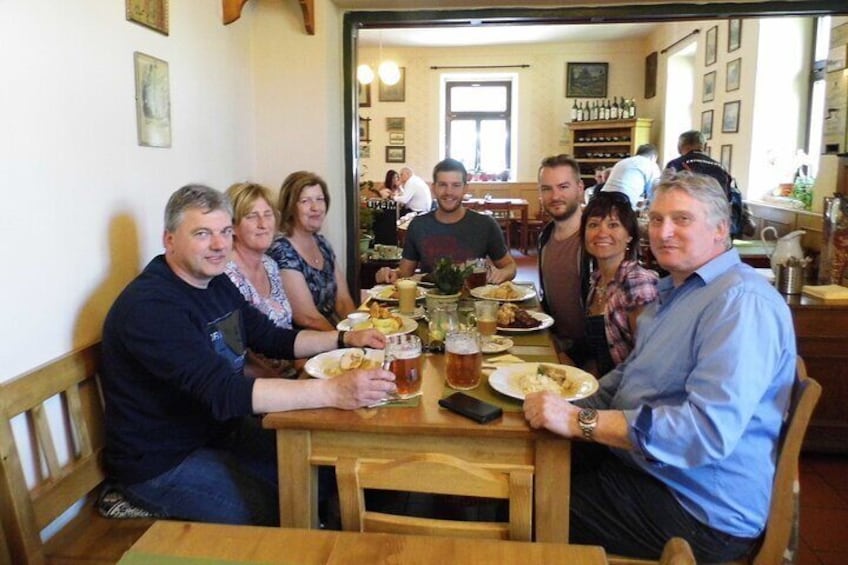
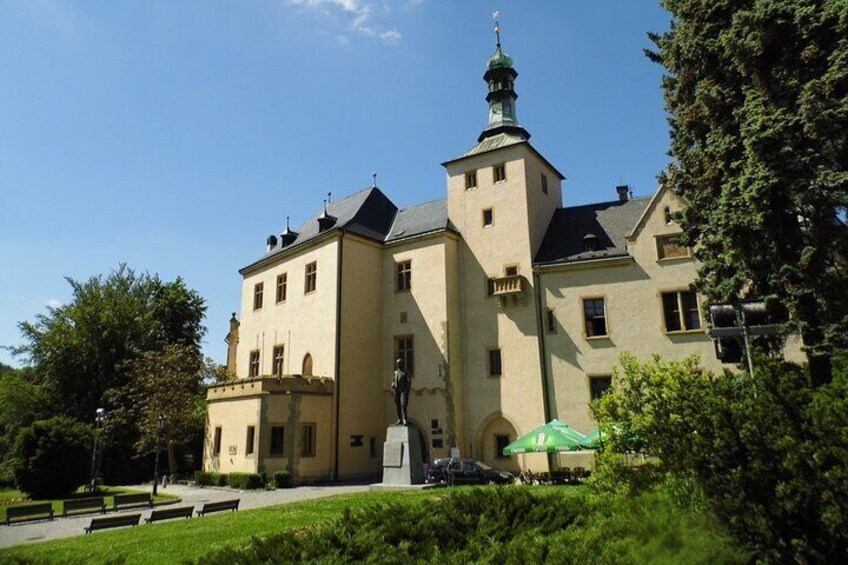
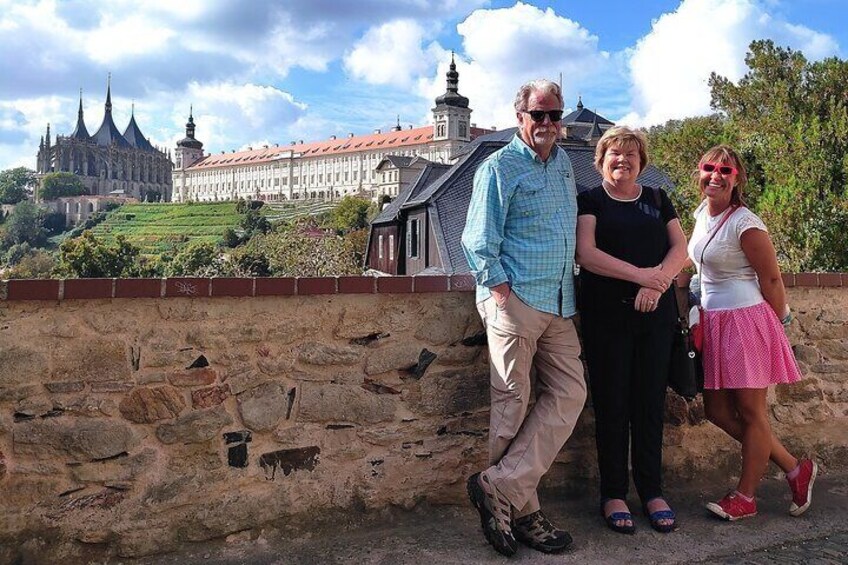
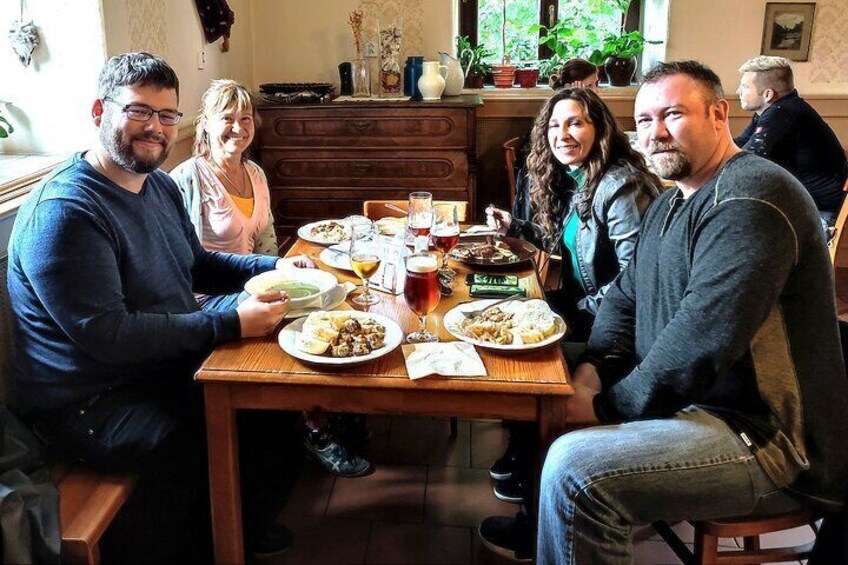
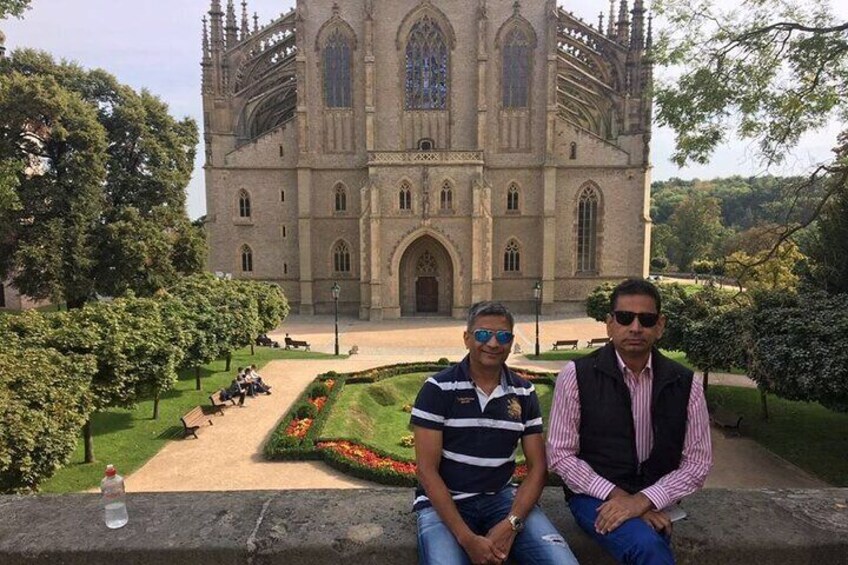
Kutna Hora and Bone Chapel Private Day Trip from Prague
By Eva Prague Tours
9.6/10
9.6 out of 10Free cancellation available
Features
Overview
Activity location
Meeting/Redemption Point
Check availability
Kutna Hora and Bone Chapel Private Day Trip from Prague
Pickup included
Price details
S$337.51 x 2 AdultsS$675.02
Total
Until Fri, 3 Jan
What's included, what's not
Know before you book
- Public transport options are available nearby
- Not recommended for travellers with poor cardiovascular health
- Travellers should have at least a moderate level of physical fitness
- Children must be accompanied by an adult
- Dress code is smart/casual
- Minimum of 2 people per booking
Activity itinerary
Location
Activity location
Meeting/Redemption Point
Best Deals on Things to Do
Experience the wonders of the world up close with great deals on things to do near and far. Expedia offers one-of-a-kind activities that allow you to explore Kutna Hora your way. Whether you love nature, culture, food or a bit of adventure, we have the perfect activity for you.
Top experiences in Kutna Hora
With so many things to do in Kutna Hora, planning the perfect day out may seem like a daunting task. Expedia is here to take the hassle out of finding the best attractions, tours and activities in Kutna Hora. Families, couples and business travellers can all find the perfect activity in Kutna Hora to create life-long memories with the help of Expedia.